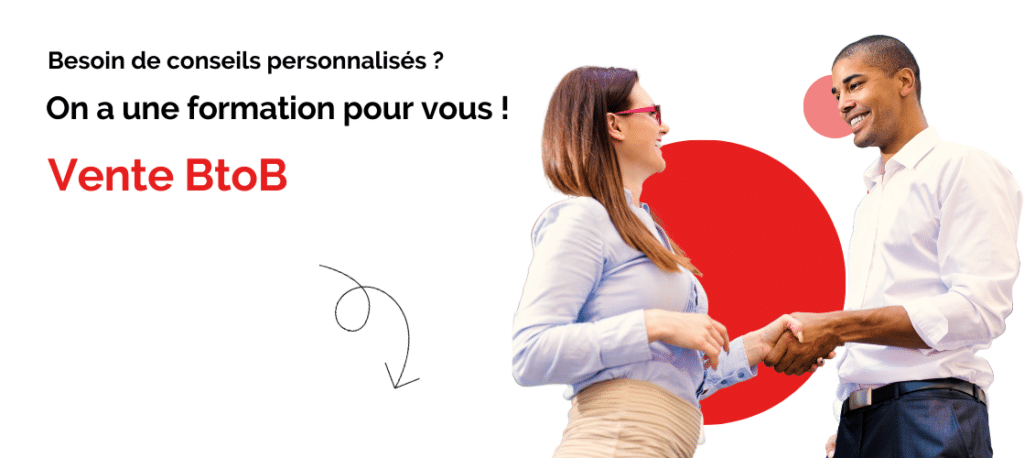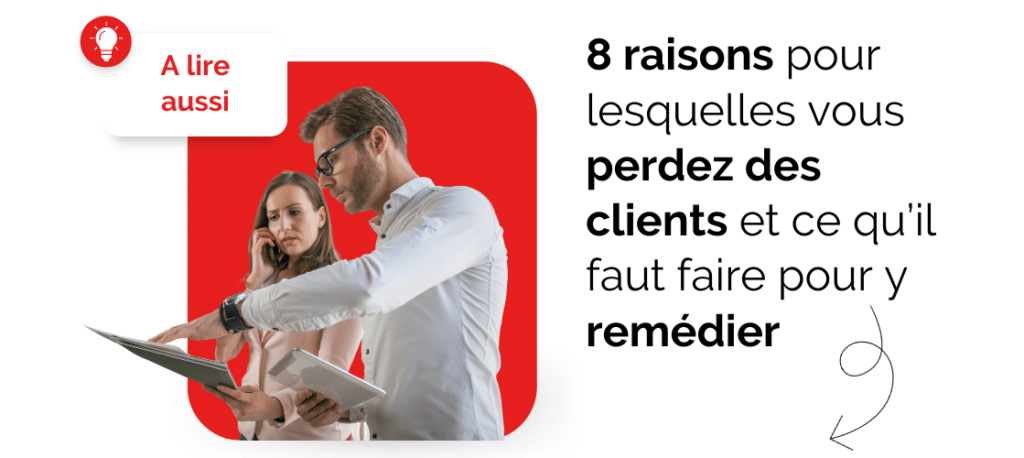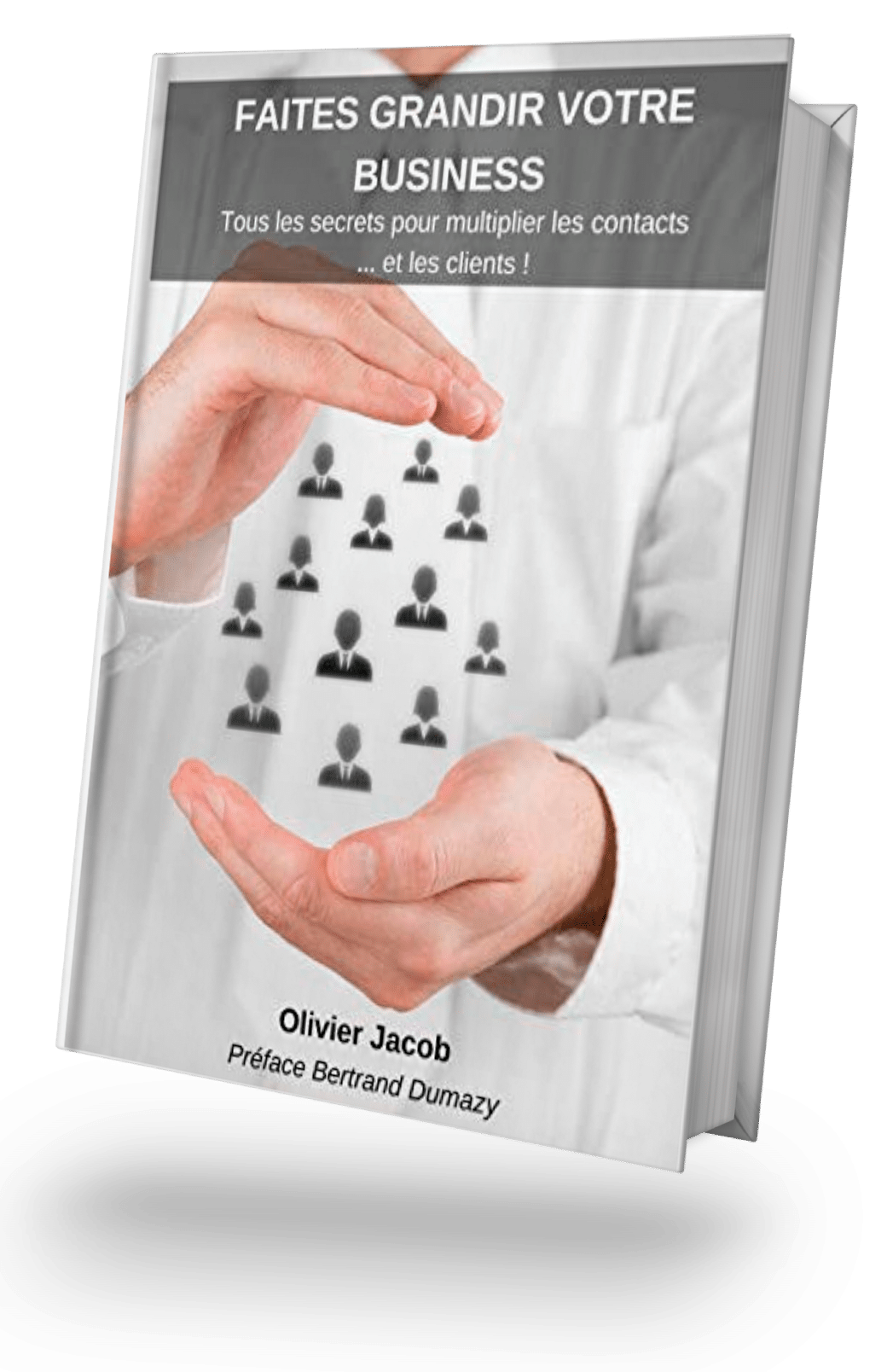By Andrew Sobel and Olivier Jacob
How long does your sales cycle last? How many months does it take to go from the first meeting to a paid commitment? Your answer will probably be, "It depends!" But whatever your answer, you probably want your sales process to go faster.
Over the past decade, many of my customers report that, especially when dealing with large companies, sales cycles have become longer. A medium-sized project or engagement may now require a sales cycle of six to nine months. A very large project or transaction, such as a major outsourcing contract, can take a year or more to conclude. This is particularly true if you've been involved from the outset and worked with your customer to develop or shape the initiative.
On the other hand, reactive projects, where you react to a customer request (perhaps procurement) and are brought in at the very END of the customer's planning process, can sometimes be sold very quickly. If it's a relationship customer who trusts you and simply calls you up and says: "Let's go", that's very positive. But if you're constantly reacting to small, last-minute requests for which you're unable to define the scope of the solution, that's not so good. This type of "short" sales cycle can actually sabotage your business.
You can speed up the sales process. But it's easier to do if you start with the right kinds of sales opportunities. If you've already submitted a proposal and are waiting to hear back from the customer, there's not much I can do to help, except sympathize and light a candle.
Here are nine strategies that will help you shorten your sales cycle.
1. Find the urgent problem
There's nothing like a "stressful situation" to speed up a sale. What is an urgent problem? It's a problem that meets most of the following criteria:
- There is a high cost to not acting.
- There is a high return on investment for taking action
- This hinders the achievement of key strategic objectives
- It is a priority for the CEO and senior management of the organization
- This is the top priority for the buyer you are dealing with. He or she is the decision-maker with an adequate budget
- This is a difficult challenge that has not been solved by previous actions
You must intentionally seek out critical customer problems and opportunities. This means ignoring lesser challenges. Sometimes you can take a less urgent challenge and reframe it into an urgent problem that warrants immediate investment by the customer.
But remember,a lion can't live on mice alone. He or she simply can 't catch enough of them.
Sometimes ask your customer, "Is the problem we're discussing one of your top two or three priorities?" If not, I then ask: "What are your top two or three?"
Your business won't grow if you don't say "no".
2. Build a relationship first
If you don't have a relationship of trust with the decision-maker, the sales cycle will get longer. Conversely, the sales cycle can take as little as 20 minutes if the person in front of you knows you, trusts you andinvests in you.
The best business developers proactively build up a broad network of existing customers and regularly meet with high-potential prospects.
How do you build trust before the sale begins? By developing relationships, understanding the customer's program, and then adding value to that program by regularly sharing ideas, insights, best practices and potential solutions.
3. Work with real buyers
How many times have you heard this: "Thank you very much. Now I have to discuss it with my boss. It's his decision."
Many of the people who call you are "feasibility buyers". They can say no, but they can't say yes.
If you don't work directly with the person who will make the decision to hire you, you'll often find that the sales cycle is long and uncertain. You should be obsessed with contacting and working with the executive decision-maker, the real buyer. If this isn't possible, you may want to consider stepping down.
If you're stuck, try to establish a relationship of trust with the mid-level customer you're working with, then develop a compelling argument as to why you need to meet with the decision-maker. Suggest that it be a collaborative meeting and that you go together. In a competitive supply-driven bid, this can be difficult to do. That's why the second strategy is so important. If you don't have connections, you'll spend your life filling out bid forms, with a one-in-five chance of winning.

4. Go higher in the organization
When I work with a CEO or senior executive, it's remarkable how short the sales cycle can be. If a senior executive makes the decision to work with you on an important challenge (Strategy 1), things can happen very, very quickly.
But, if the initiative is entirely driven by middle management levels, it can get bogged down forever. Now, of course, this depends on the budgetary authority of the middle manager. If you have a relationship of trust with the middle manager, there's an urgent problem he's facing and he can make the purchasing decision, which is perfect! In some large companies, a director may have a very large budget. But middle managers often have limited budgets (which are frequently re-evaluated by their bosses!) and tend to be risk-averse. Which means consulting "everyone" before making a decision. And consulting everyone, as you know, takes a lot of time.
5. Understand their decision-making process
If you don't know how the customer is going to make a decision, you're like an airplane pilot flying without radar or a map. What's the time frame? What do they need to know before making a decision? Who will be involved and what are their roles? What are the selection criteria? What would they like to know about you before making a decision?
You can and should ask customers these questions. Often, you'll get answers. And then you can develop a strategy and take action.
6. Improve your benefits argument and align it with the strategy
Years ago, a major consulting firm produced what it called a cost analysis for every proposal it submitted. How times have changed!
Today, you need solid value metrics to support your costs. Your goal is to present your hiring as an investment opportunity, not a cost.
It's part art and part science to create a business or investment case. You need to explore direct cost savings or revenue increases, productivity improvements, operational efficiencies and so on. You should also quantify indirect benefits such asimproved customer satisfaction or reduced time-to-market. Intangible benefits should also be part of your value proposition: improved decision-making, reduced risk, improved employee collaboration, etc.
Finally, you need to convincingly show how your work will support higher-level strategic objectives. This ties your benefits case to a much broader set of impacts. It's the difference between telling a parent that their private school tuition will help provide a solid education for their child, and talking about how your school will form the basis of a lifelong model of success at work and at home.
7. Align stakeholders
Most major contracts or commitments today involve several stakeholders. The sales process is slowed down, or even paralyzed, because these stakeholders may not fully agree on the design and scope of the proposed effort.
Think of the US Congress trying to enact a new tax reform bill - the diversity of positions held by different Senators and Congressmen will prolong the process and make it an almost impossible task (the last major tax reform was in 1986!).
You need to tackle this challenge head-on and advise your customer on how to align stakeholders. Who are they? Where do they stand on the project? What individual "wins" are they looking for? You can even offer to be a catalyst for consensus-building, perhaps by organizing a short workshop with key stakeholders to help reconcile their different points of view.

8. Develop your emotional side
Modern neuroscience tells us that emotions play a very, very important role in decision-making, even when based on a so-called "rational " framework (e.g. a dashboard of competitive offers).
The emotional/personal aspect of your sales conversations, and your ultimate proposition, must respond to emotional arguments in favor of action and your choice. It's emotions, not facts, that drive people enthusiastically to action.
How do you make an "emotional" case? Use metaphors and stories. A customer once wanted to hire my old company, along with three or four others, to work on different aspects of the same project. I looked at him and said: "This is what I call the United Nations approach to solving big problems. And we all know how successful it has been. Most of my customers have had more success working with a single supplier who becomes a trusted collaborator working on common goals." We got the deal - 100% of it.
The emotional case must appeal to the positive - the dreams, aspirations and goals of the individual customers you work with - and the negative - their perceived risks, concerns and anxieties .
9. Obtain agreement before submitting a proposal
This is a very very simple technique which requires a little more time at the outset, but which can then reduce the sales cycle by several weeks or months.
Never submit a written proposal without first obtaining a "conceptual agreement from the customer. The proposal should document what the customer has already enthusiastically agreed to. Simply call the customer and say: "Before I write this, I want to outline our proposal and get your feedback. That way, the final document will closely reflect the approach that works best for you."
You may think you're moving fast if you submit a proposal immediately . But more likely, you'll turn in something that's not quite what the customer wants, and/or their thinking will have evolved and what you send them won't reflect their latest ideas.
If you're in the middle of a supply-driven sales process that places a lot of constraints on who you can talk to and what you say in your proposal, you may feel that these strategies won't help you much. But they will, if you follow strategies 1 to 4 in priority and avoid the suffocating straitjacket of tenders run by low-level purchasing managers.
These strategies work and will help you close your sale in a minimum of time.
About the authors
Andrew Sobel is the leading authority on the strategies and skills needed to develop clients for life. He is the world's most published author on the subject, having written eight best-selling books on customer relationships, including the international bestsellers Customers for Life and Power Matters. More than 100 leading firms, such as PwC, Citibank, UBS, Booz Allen Hamilton, Cognizant, Deloitte and many others have used his book Clients for Life to develop trusted advisor skills and increase their clients' revenues.
Olivier Jacob has decades of expertise as a coach, trainer, and conference facilitator on the topics of management and sales. Author of the book "Make your business grow" and passionate about personal effectiveness, strategy, sales, commitment and new technologies, he created Inéa Conseil in 2008 to help companies sell more and better, and managers better mobilize their employees.



